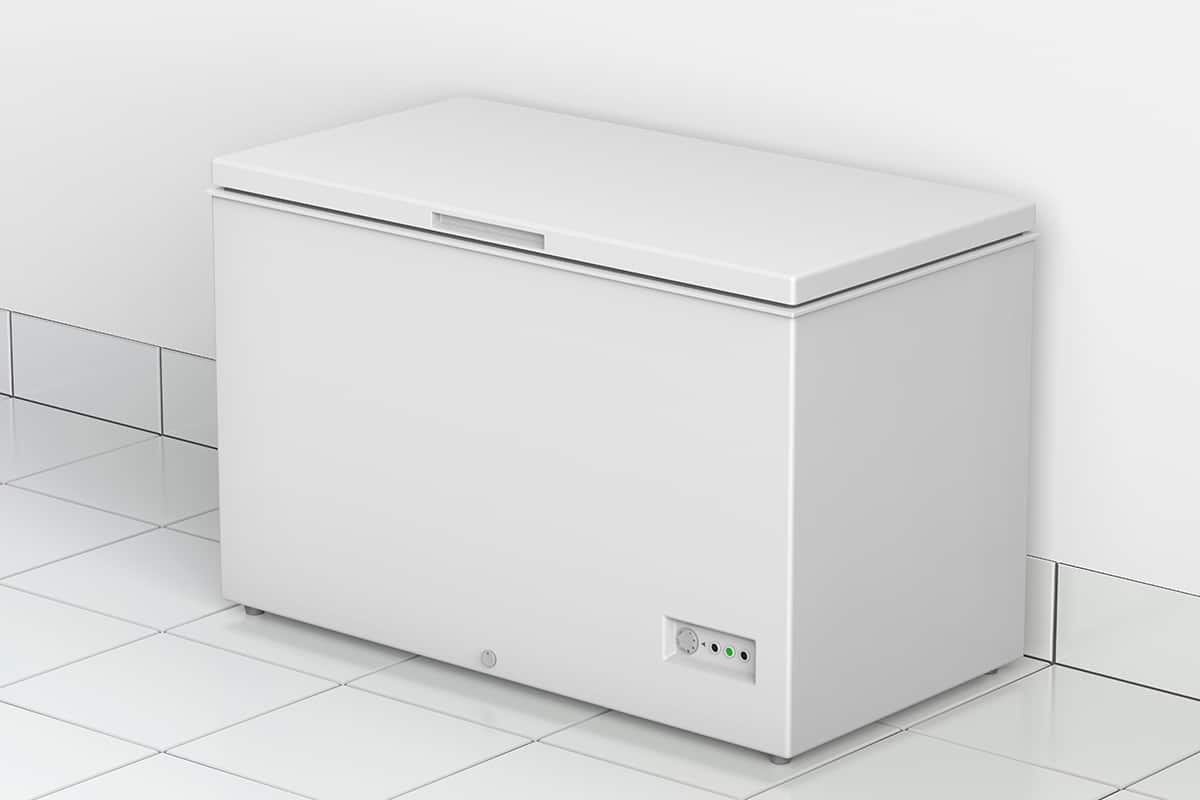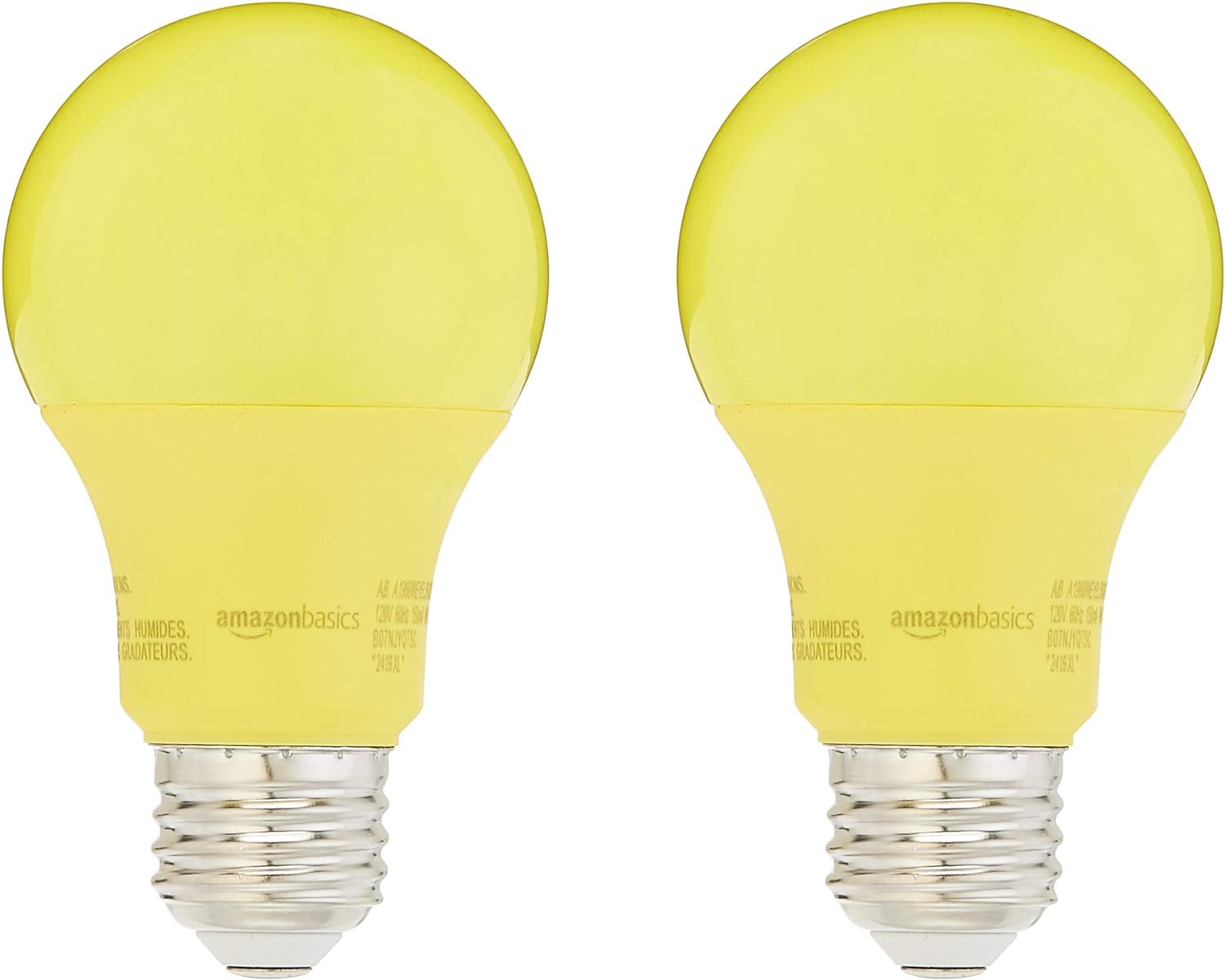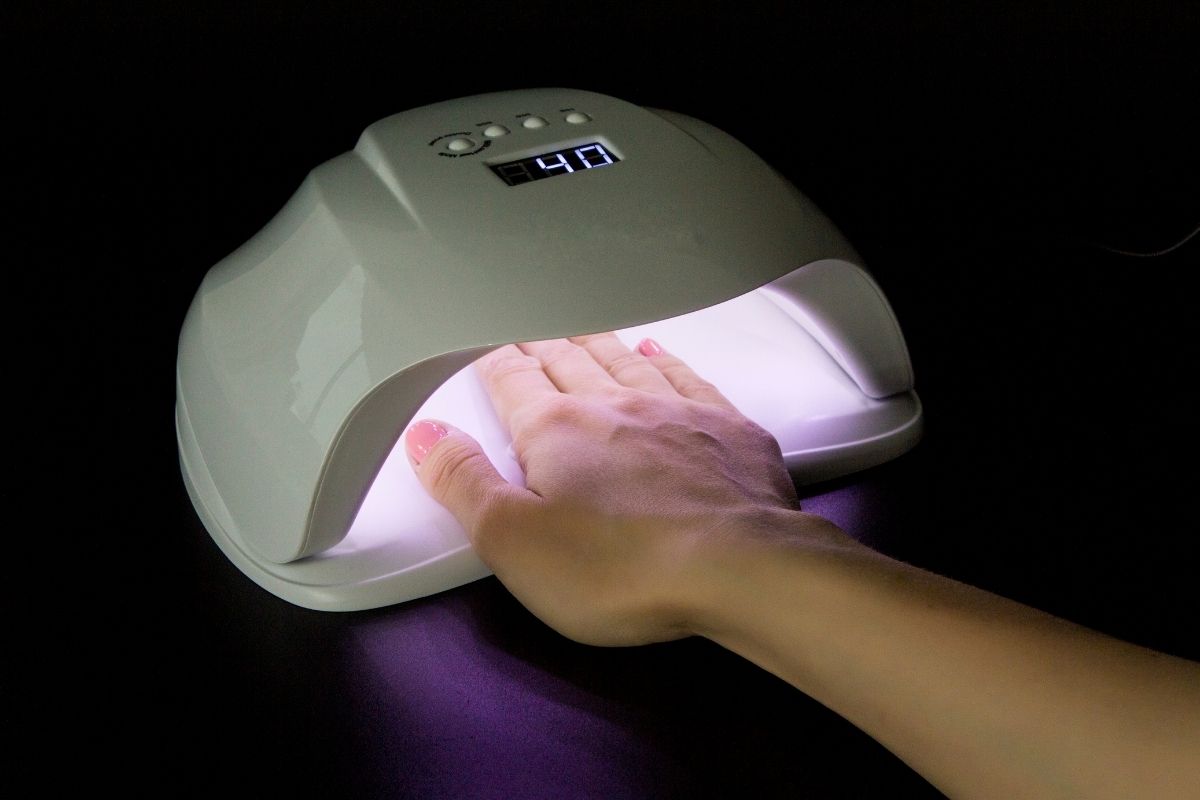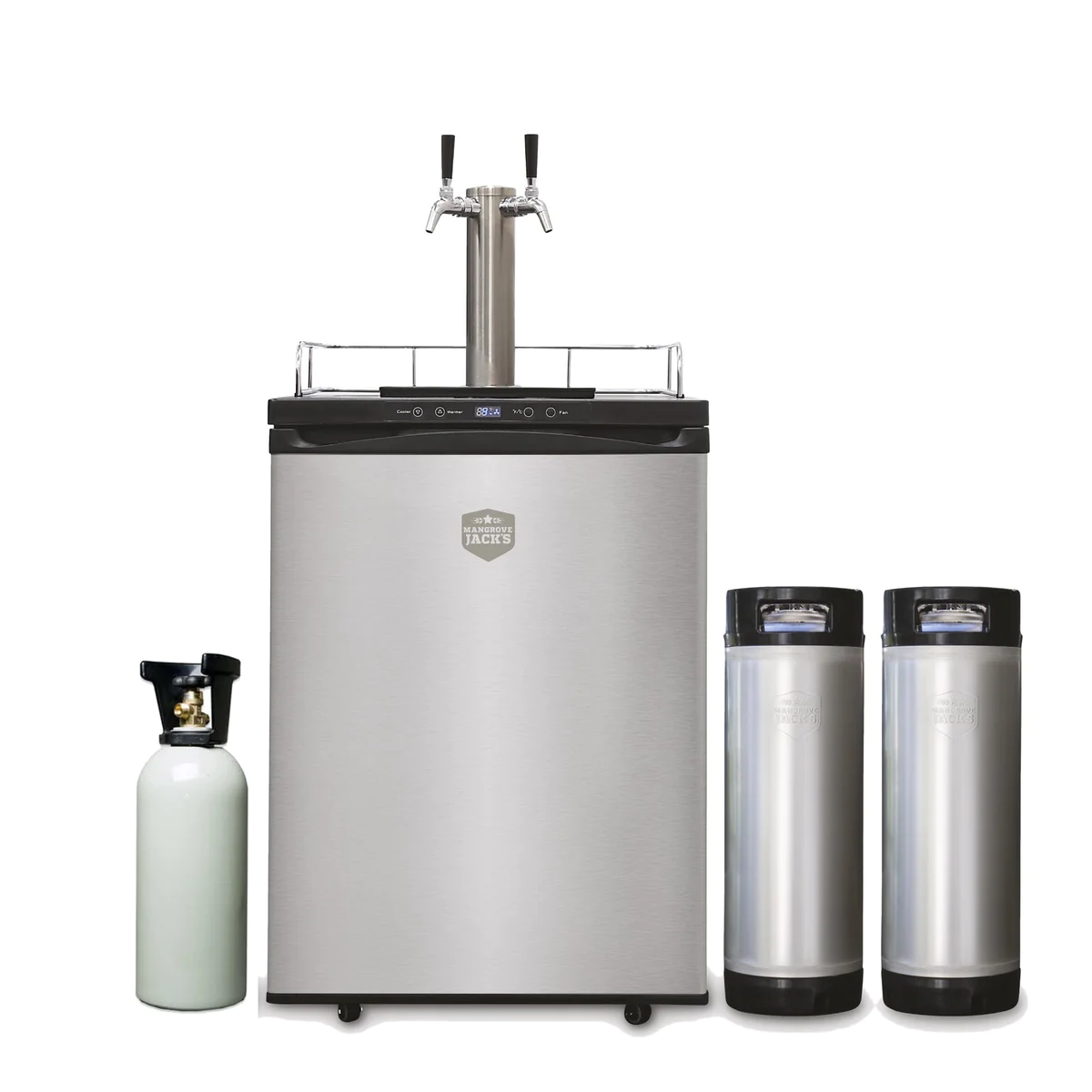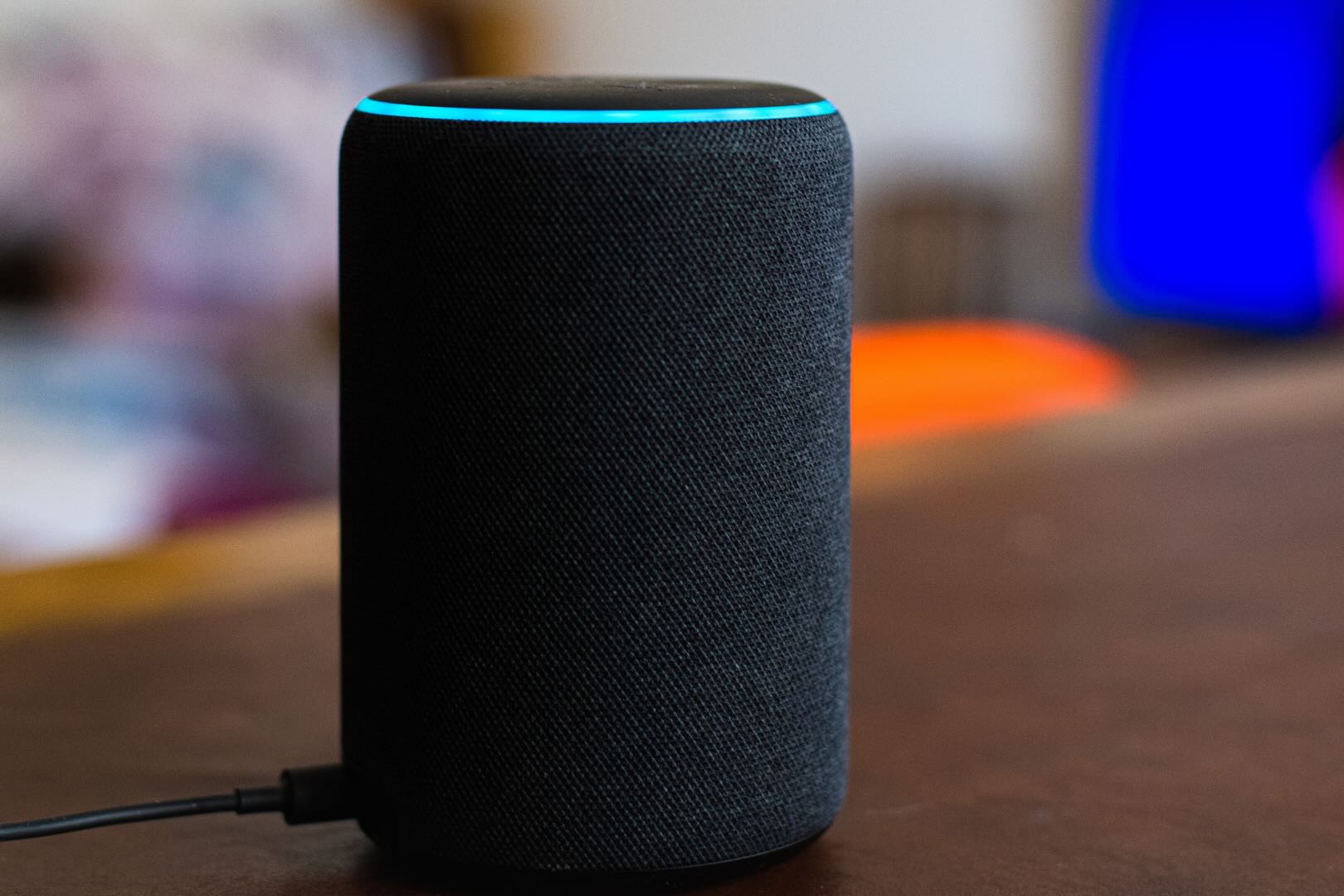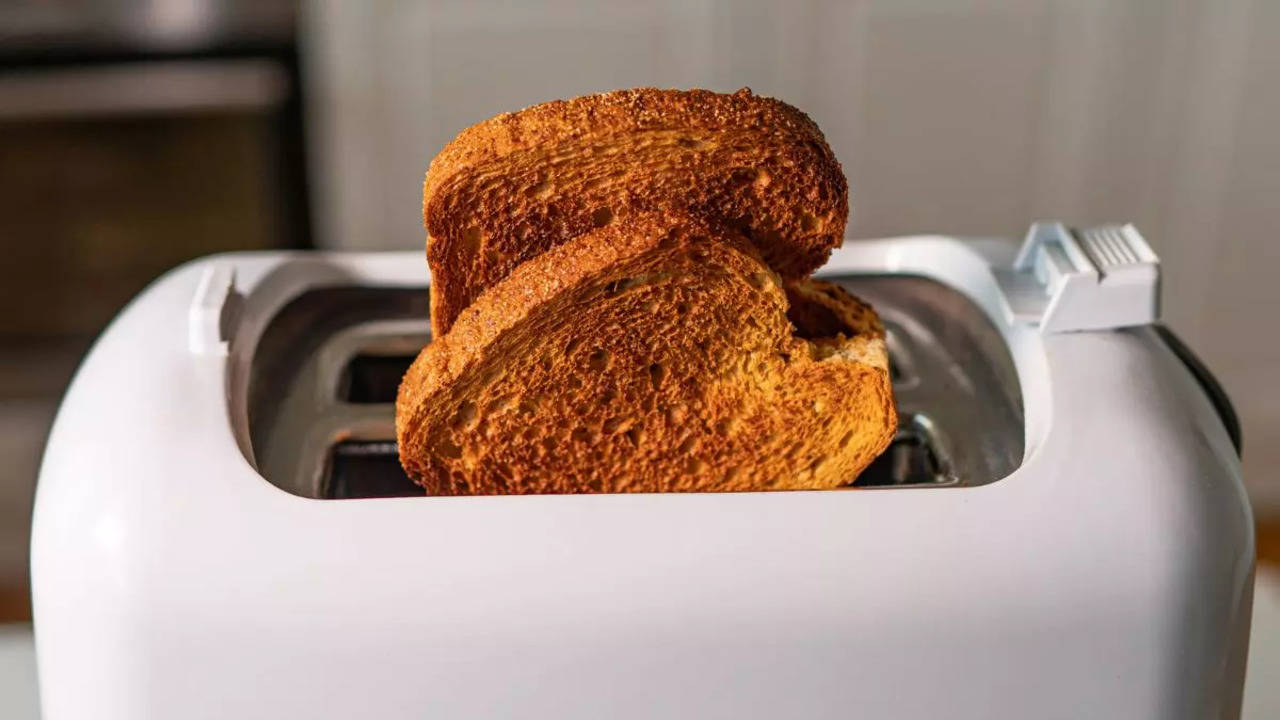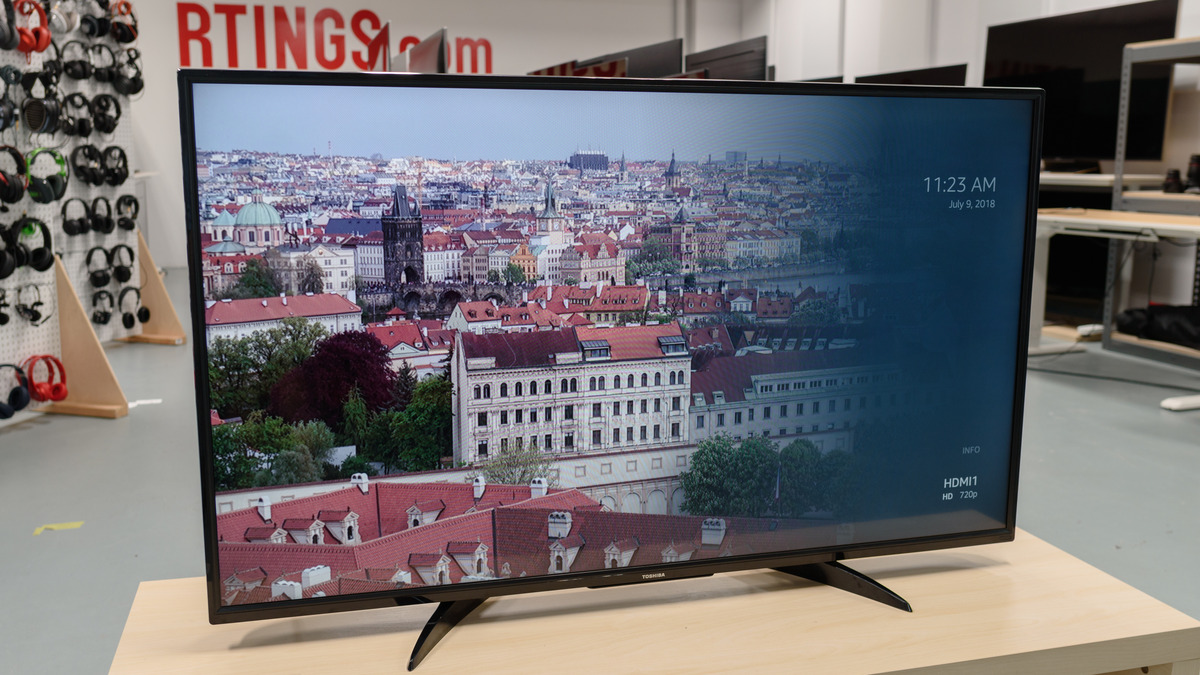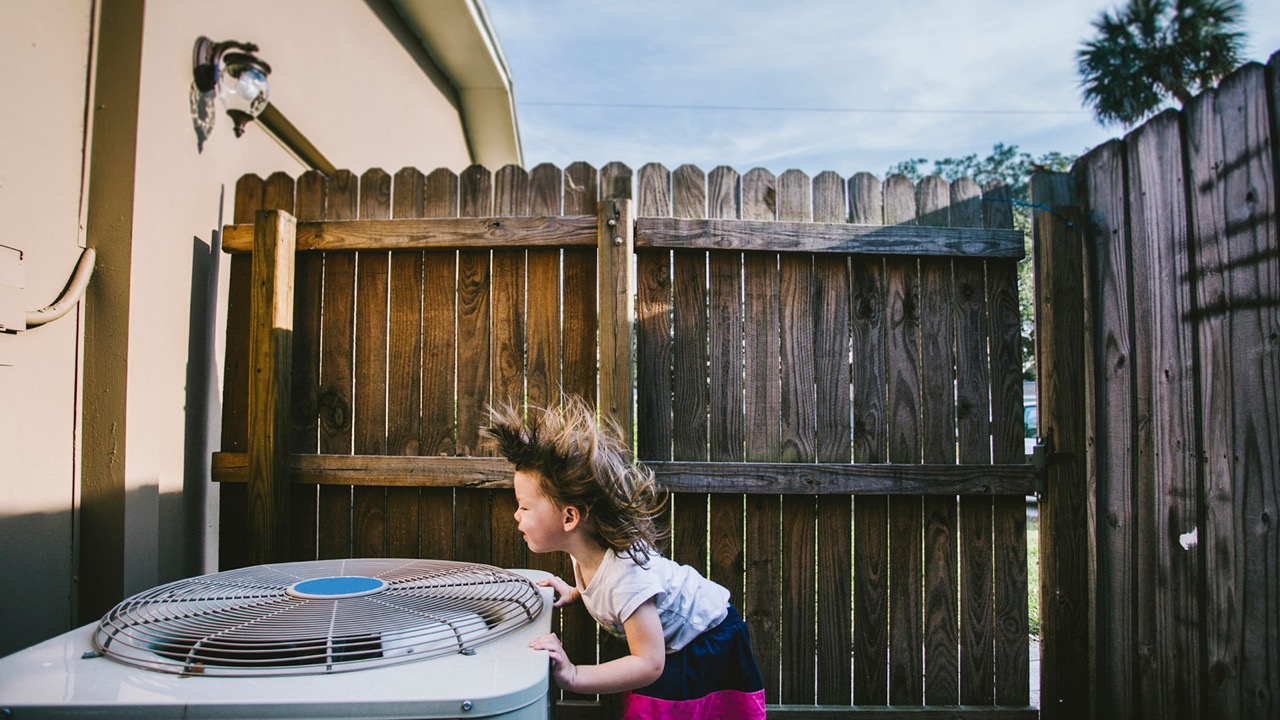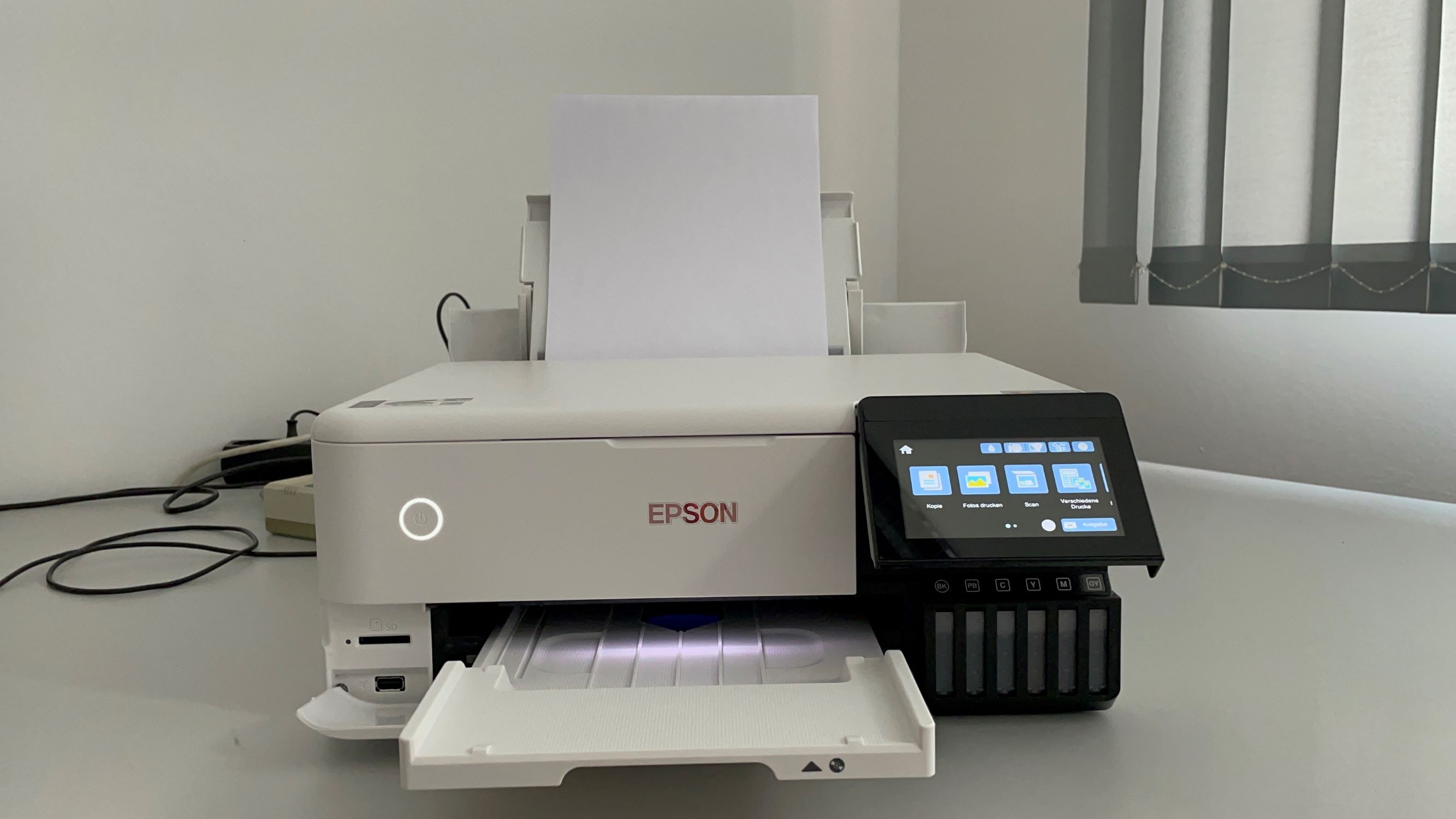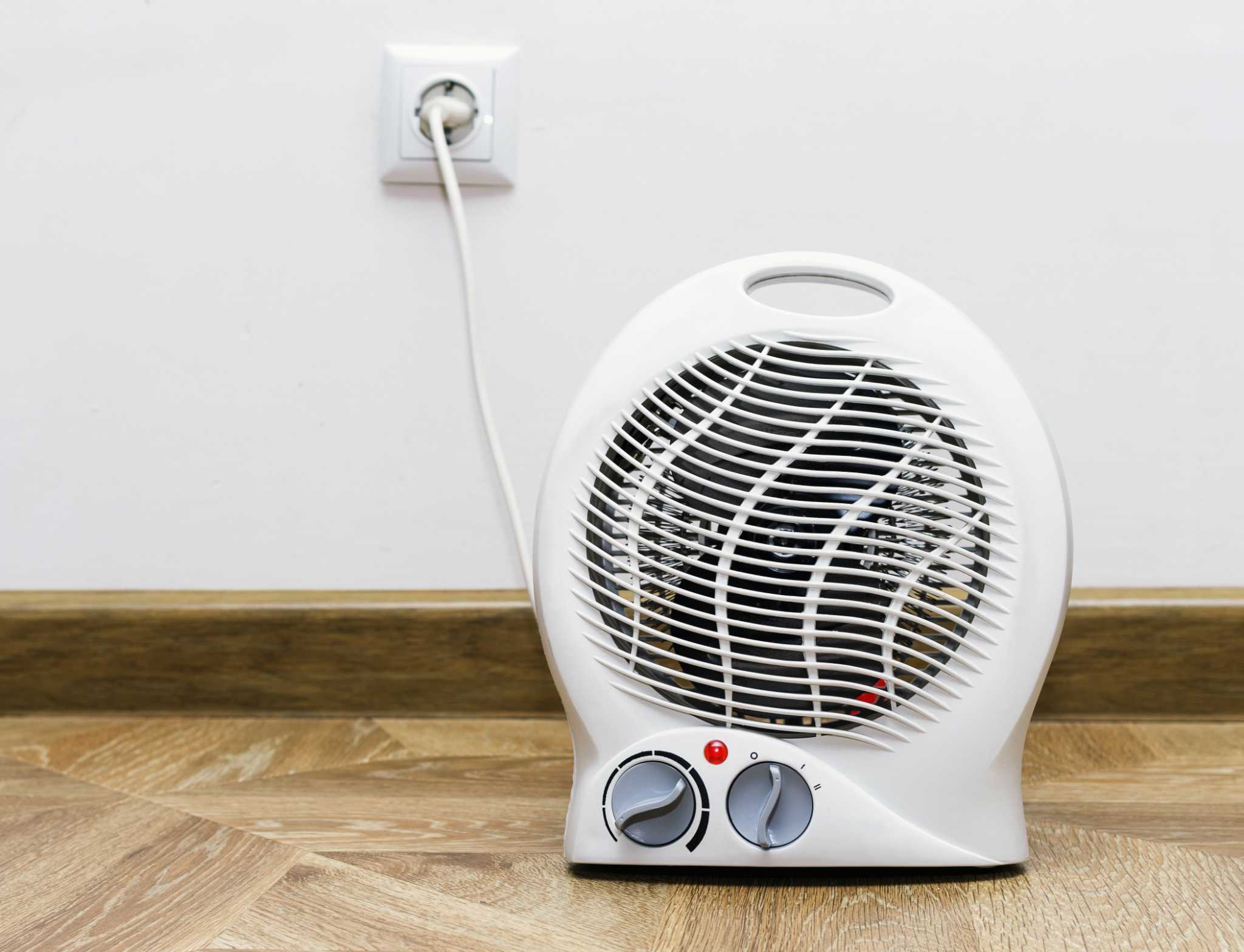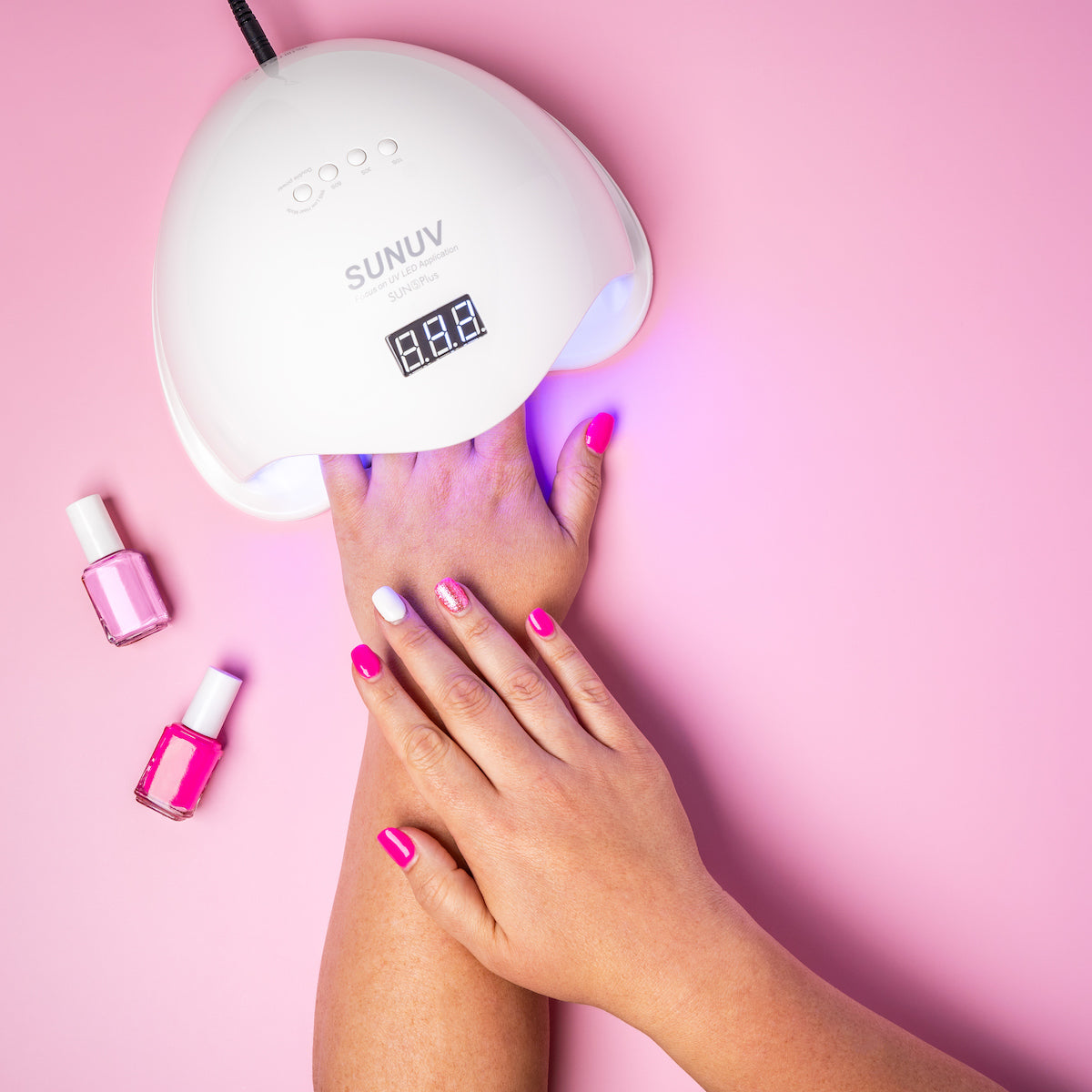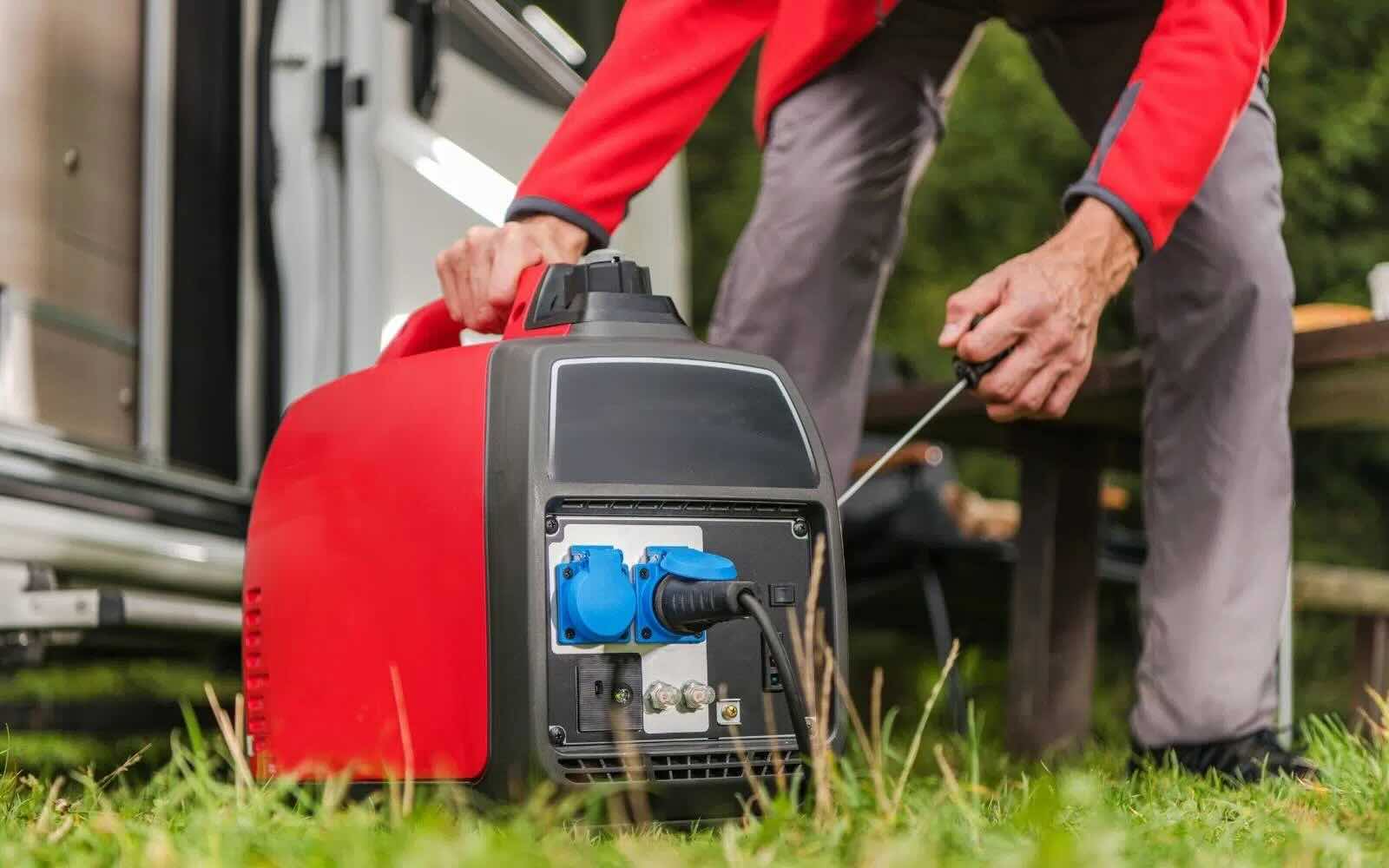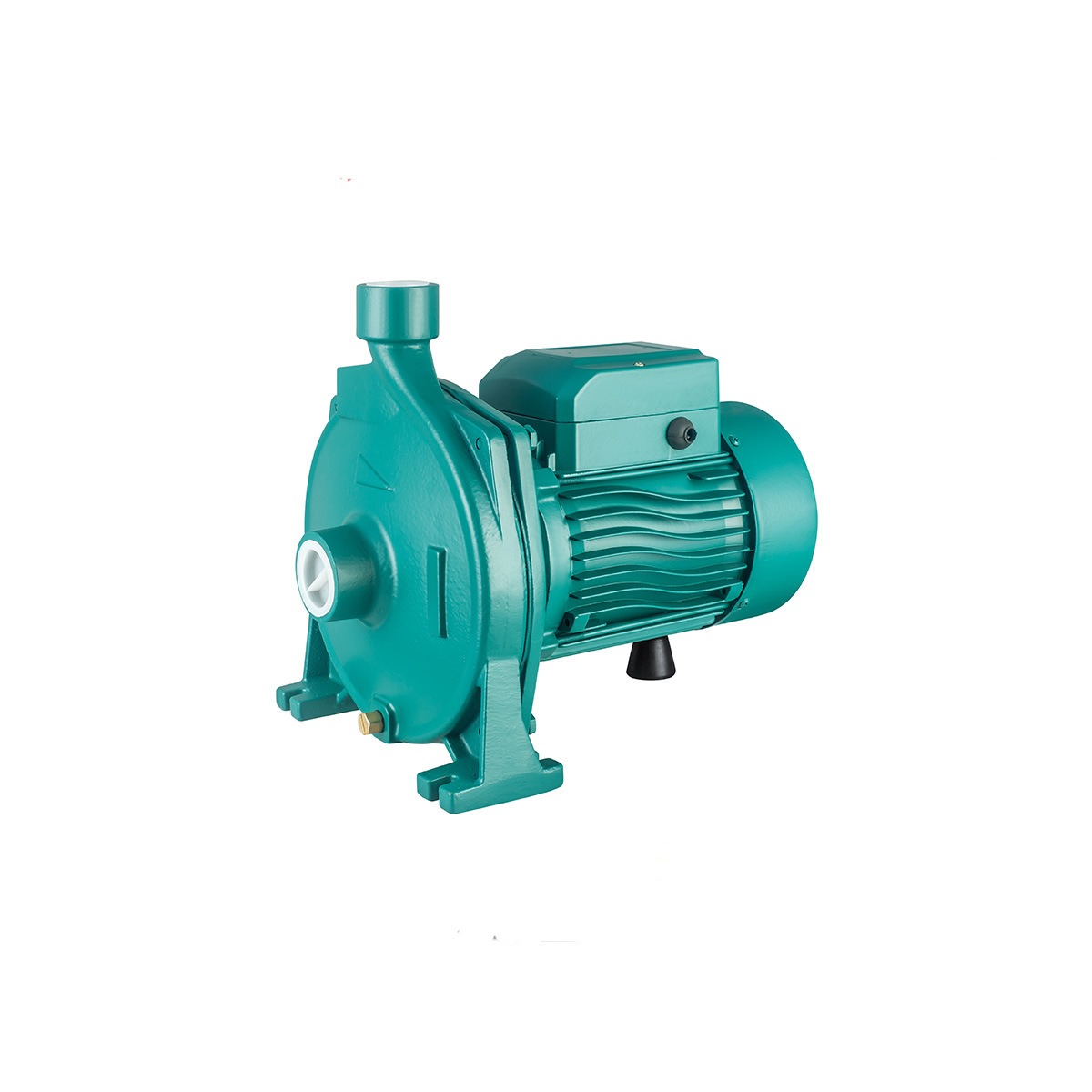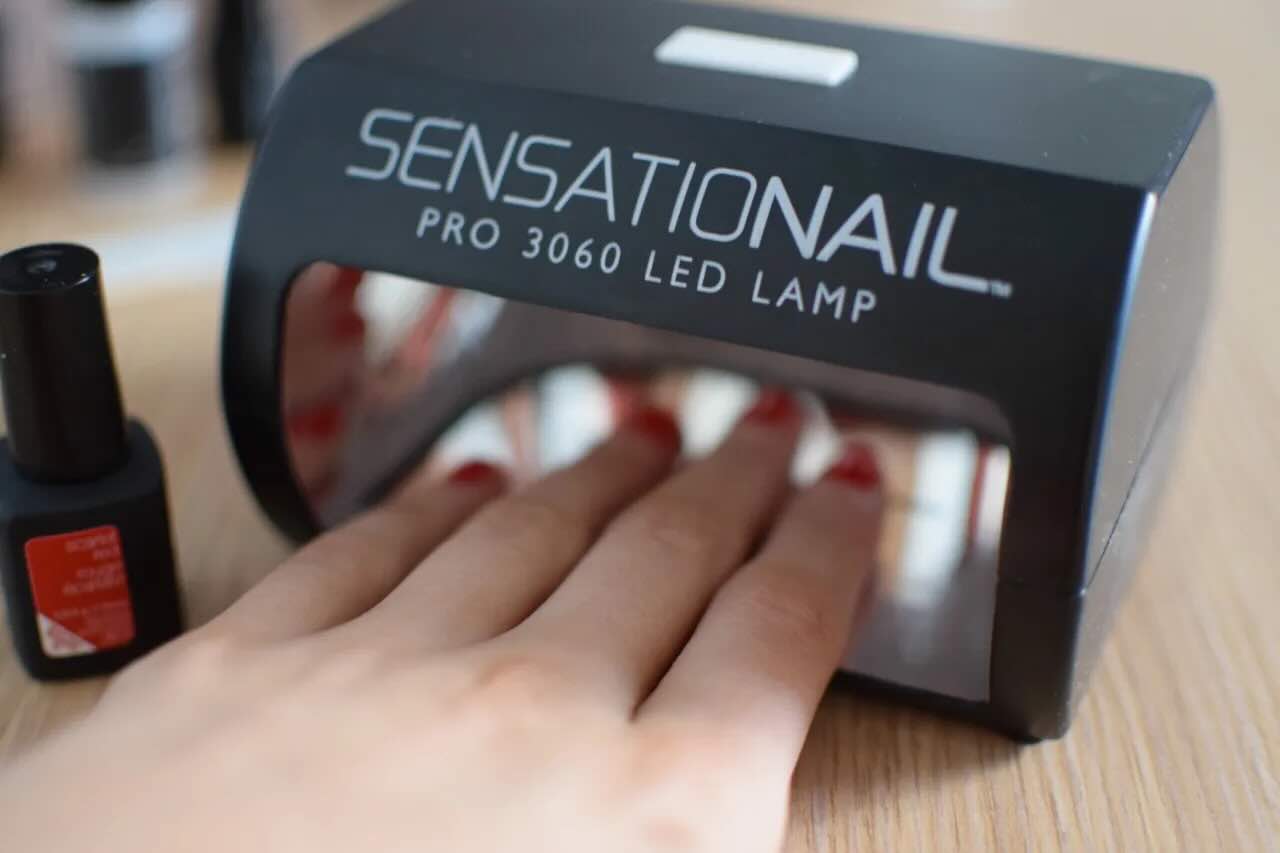

Furniture
How Many Watts Does A Nail Lamp Need To Be
Modified: May 6, 2024
Find the perfect nail lamp for your furniture projects. Discover how many watts you need for optimal results. Shop now!
(Many of the links in this article redirect to a specific reviewed product. Your purchase of these products through affiliate links helps to generate commission for Storables.com, at no extra cost. Learn more)
Introduction
Welcome to the world of nail art! Whether you’re a professional nail technician or love giving yourself manicures at home, you’re probably familiar with the importance of a nail lamp. A nail lamp is an essential tool for achieving that perfect, long-lasting gel nail finish. But have you ever wondered how many watts your nail lamp should have? In this article, we will dive into the world of nail lamps and explore the ideal wattage for your needs.
Firstly, let’s define what a nail lamp actually is. A nail lamp is a device that uses ultraviolet (UV) or LED lights to cure or harden gel nail polish. Instead of relying on air drying, which can take a significant amount of time and might lead to smudging or chipping, a nail lamp speeds up the curing process and ensures a smooth, long-lasting finish.
Now, you may be wondering why you need a nail lamp in the first place. After all, why not stick to regular nail polish, right? Well, gel nail polish offers several advantages over traditional polish. It dries more quickly, lasts longer, and provides a glossy, salon-quality finish. But to achieve these benefits, you must cure the gel polish correctly using a nail lamp.
Understanding the wattage of a nail lamp is crucial because it directly affects the performance and efficiency of the curing process. Wattage measures the power consumed by the lamp to emit UV or LED light. The higher the wattage, the more intense the light output, and the faster the curing time.
When determining the ideal wattage for a nail lamp, certain factors need to be considered. The type of lamp, the curing time, and the brand of the gel polish all play a role in determining the appropriate wattage.
For LED nail lamps, the recommended wattage ranges between 12 to 48 watts. LED lamps use less power and are more energy-efficient compared to UV lamps. They also cure gel polish faster, typically in 30 seconds to 1 minute per layer.
On the other hand, UV nail lamps typically have higher wattage, ranging from 36 to 54 watts. They emit a broader spectrum of light and are generally a bit slower in curing gel polish. UV lamps typically require 2 to 3 minutes of curing time per layer of gel polish.
Key Takeaways:
- Choose the right wattage for your nail lamp based on factors like lamp type, curing time, gel polish brand, and personal preference to ensure efficient and effective curing of gel nail polish.
- Understanding the importance of wattage in a nail lamp is crucial for achieving quick and efficient drying, long-lasting results, and a salon-quality finish, elevating your nail care routine to the next level.
What is a nail lamp?
A nail lamp is a device that uses ultraviolet (UV) or LED lights to cure or harden gel nail polish. It is an essential tool in the world of nail art, whether you are a professional nail technician or someone who enjoys doing your own manicures at home.
Gone are the days when you had to wait for your polish to air dry, risking smudges and chips along the way. A nail lamp speeds up the curing process, ensuring that your gel polish is dry and ready to go in no time. By using specialized UV or LED lights, the nail lamp activates the photoinitiators in the gel polish, causing it to harden and create a long-lasting finish.
There are two main types of nail lamps: UV lamps and LED lamps. UV lamps use fluorescent bulbs that emit UV rays, while LED lamps use light-emitting diodes. The choice between UV and LED lamps depends on your personal preference and the type of gel polish you are using.
UV nail lamps have been around for a longer time and have been the go-to choice for many nail professionals. These lamps emit a broad spectrum of UV rays, which are necessary to cure gel polish that contains photoinitiators activated by UV light. UV lamps typically have higher wattages, ranging from 36 to 54 watts, and require longer curing times, usually 2 to 3 minutes per layer of gel polish.
On the other hand, LED nail lamps have gained popularity in recent years due to their faster curing times and energy efficiency. LED lamps use specific wavelengths of light that match the absorption spectrum of the photoinitiators in LED-curable gel polishes. LED lamps typically have lower wattages, ranging from 12 to 48 watts, and cure gel polish in a fraction of the time, usually 30 seconds to 1 minute per layer.
In addition to the curing process, nail lamps often come with additional features to enhance the overall nail care experience. Some lamps have built-in timers that automatically shut off after a certain period, ensuring that your nails are not overexposed to the light. Others have motion sensors that activate the lamp when you place your hand inside and turn it off when you remove it.
Overall, a nail lamp is an indispensable tool for achieving professional-quality gel nails. Whether you opt for a UV lamp or an LED lamp, the key is to choose one that suits your needs and helps you achieve the desired results. With a nail lamp, you can enjoy long-lasting, vibrant nail color that lasts for weeks without chipping or fading.
Why do you need a nail lamp?
If you’re into nail art or enjoy having perfectly manicured nails, a nail lamp is an essential tool that you shouldn’t overlook. Sure, you can air dry your regular nail polish, but gel nail polish offers numerous benefits that make a nail lamp a necessity. Let’s delve into why you need a nail lamp in your nail care routine:
1. Quick and Efficient Drying: One of the primary reasons you need a nail lamp is for its ability to quickly and efficiently dry gel nail polish. Gel polish requires curing under UV or LED light to harden and create a long-lasting finish. With a nail lamp, the curing process is significantly sped up, ensuring that your nails are dry and ready to go in a matter of minutes.
2. Long-Lasting Results: Gel nail polish is known for its durability and longevity. Unlike regular nail polish that can chip or peel within a few days, gel polish can last for weeks without losing its shine or vibrancy. By properly curing the gel polish using a nail lamp, you can enjoy flawless, chip-free nails for an extended period.
3. Smudge and Chip Prevention: Have you ever ruined a freshly done manicure by accidentally smudging or chipping the polish? With a nail lamp, you can say goodbye to these woes. By thoroughly curing the gel polish, it becomes hardened and resistant to smudges and chips, ensuring that your nails stay pristine for much longer.
4. Salon-Quality Finish: Nail lamps are widely used in professional nail salons because they help achieve a salon-quality finish. The intense UV or LED light emitted by the lamp ensures that the gel polish cures evenly and smoothly, resulting in a glossy and flawless look. Say goodbye to streaks, uneven drying, or the need to redo your nails due to inconsistencies.
5. Versatility: Nail lamps aren’t just for gel polish. They can also be used for other nail art techniques, such as curing UV topcoats, base coats, and even certain types of nail enhancements like gel extensions. This versatility makes a nail lamp a valuable tool for both professional nail technicians and DIY enthusiasts.
6. Time-Saving: With a nail lamp, you can save a significant amount of time compared to air drying your regular nail polish. Most gel polish colors require only a couple of minutes under the lamp to cure, allowing you to move on with your day without waiting for your nails to dry.
7. Enhanced Nail Health: Nail lamps that use LED technology emit less heat compared to UV lamps, reducing the risk of potential damage to your nails or skin. Moreover, gel polish helps protect and strengthen your natural nails, allowing them to grow stronger and healthier.
Overall, a nail lamp is a crucial tool for achieving long-lasting, flawless, and salon-quality nails. Whether you’re a nail enthusiast or a professional nail technician, investing in a quality nail lamp is a wise decision that will elevate your nail care routine to the next level.
Understanding Wattage
When it comes to nail lamps, understanding wattage is essential. Wattage measures the amount of power consumed by the lamp to emit UV or LED light. In simple terms, the wattage of a nail lamp determines its strength and efficiency in curing gel nail polish.
The higher the wattage, the more intense the light output of the lamp. Higher wattage lamps can cure gel polish more quickly, reducing the overall curing time compared to lower wattage lamps. However, it’s important to note that the wattage alone may not determine the speed of curing entirely.
In addition to wattage, factors such as the type of lamp (UV or LED), the brand of gel polish being used, and the number of layers being applied can all impact the curing time. For example, LED lamps generally have lower wattages but can cure gel polish faster due to their specific wavelength of light that matches the absorption spectrum of LED-curable gel polishes.
It’s important to choose a nail lamp with an appropriate wattage to ensure proper curing without overheating or under-curing the gel polish. Using a lamp with insufficient wattage may result in the gel polish not fully curing, leading to soft or easily peeling nails. On the other hand, using a lamp with excessive wattage may cause the gel polish to cure too quickly, resulting in potential peeling or a less durable finish.
When determining the suitable wattage for a nail lamp, it’s crucial to refer to the manufacturer’s recommendations. Different brands and types of gel polish may have specific requirements regarding curing time and the appropriate wattage of the nail lamp to ensure optimal results.
It’s also worth noting that nail lamps are designed to be safe for use with the recommended wattage. Operating a lamp above its recommended wattage may exceed the manufacturer’s design specifications and pose risks such as overheating, damage to the lamp, or even potential harm to the user.
Ultimately, the wattage of a nail lamp is an important consideration when choosing the right lamp for your needs. By understanding the relationship between wattage, curing time, and the type of gel polish you’re using, you can ensure effective and efficient curing, resulting in beautiful, long-lasting gel nails.
A nail lamp typically needs around 36-48 watts to effectively cure gel polish. Look for a lamp with this wattage for best results.
Factors to consider when determining the wattage
Choosing the appropriate wattage for a nail lamp requires considering several important factors. While wattage plays a significant role in the curing process, it’s essential to consider other factors to ensure optimal results and avoid potential issues. Here are some factors to consider when determining the wattage for your nail lamp:
1. Lamp Type: The type of lamp you’re using, whether it’s a UV lamp or an LED lamp, can influence the wattage requirements. UV lamps typically have higher wattages, ranging from 36 to 54 watts, while LED lamps have lower wattages, typically ranging from 12 to 48 watts. Understanding the capabilities and specific requirements of each lamp type will guide you in selecting the appropriate wattage range.
2. Curing Time: Different brands of gel polish may require different curing times. Some gel polishes cure quickly, while others need more time under the lamp. The curing time can determine the ideal wattage needed to ensure complete and thorough curing without under-curing or over-curing the gel polish. Referencing the manufacturer’s instructions for the gel polish will provide guidance on the recommended curing time and corresponding wattage.
3. Gel Polish Brand: Each brand of gel polish may have specific recommendations regarding the wattage required for proper curing. Some brands may even specify a range of wattages that can be used. It’s important to check the brand’s instructions or reach out to their customer support to ensure you’re using the correct wattage specific to their gel polish.
4. Gel Polish Thickness: The number of gel polish layers you apply can also impact the curing time and the required wattage of the nail lamp. Thicker layers may require a higher wattage to fully cure, while thinner layers may require less wattage. It’s essential to adjust the curing time and wattage based on the thickness of the gel polish to ensure complete and even curing.
5. Personal Preference: Your personal preference and experience also play a role in determining the wattage that works best for you. Some individuals may find that a lower wattage lamp suits their needs, while others may prefer a higher wattage for faster curing. Experimenting with different wattage ranges can help you find the balance that works best for you.
6. Budget and Cost: Wattage can affect the cost of the nail lamp. Generally, higher wattage lamps tend to be more expensive than lower wattage lamps. Therefore, budget considerations may influence your decision on the wattage range that is suitable for your needs.
It’s important to understand that wattage is just one factor among several that affect the overall curing process. Consider all these factors holistically to determine the appropriate wattage range for your specific nail care routine. By considering lamp type, curing time, gel polish brand, polish thickness, personal preference, and budget, you can select the ideal wattage that ensures effective and efficient curing, resulting in beautiful, long-lasting gel nails.
Read more: How Many Watts Does A Projector Use
Recommended Wattage for Different Types of Nail Lamps
Choosing the right wattage for a nail lamp is crucial to ensure proper and efficient curing of gel polish. The recommended wattage depends on the type of lamp you’re using, whether it’s a UV lamp or an LED lamp. Let’s delve into the recommended wattage ranges for each type:
UV Lamps: UV nail lamps typically have higher wattages, ranging from 36 to 54 watts. These lamps emit a broader spectrum of UV light, which is necessary to activate the photoinitiators in UV-curable gel polishes. The higher wattage ensures that the gel polish cures thoroughly and evenly. UV lamps generally require a longer curing time, typically 2 to 3 minutes per layer of gel polish.
LED Lamps: LED nail lamps have gained popularity due to their faster curing times and energy efficiency. LED lamps use specific wavelengths of light that match the absorption spectrum of the photoinitiators in LED-curable gel polishes. LED lamps typically have lower wattages, ranging from 12 to 48 watts. However, their curing time is significantly shorter compared to UV lamps. LED lamps can typically cure gel polish in as little as 30 seconds to 1 minute per layer.
It’s important to note that these are general wattage recommendations, and specific gel polish brands may have their own guidelines. Always refer to the manufacturer’s instructions for the gel polish being used to determine the recommended curing time and corresponding wattage.
Additionally, it’s worth considering a few other factors when selecting the wattage for your nail lamp:
Nail Lamp Size: The size of the nail lamp can impact the wattage needed for efficient curing. Larger lamps may require higher wattages to ensure adequate light coverage for all nails simultaneously. Smaller lamps, on the other hand, may be suitable with lower wattages if you don’t mind curing fewer nails at a time.
Curing Time: If you prefer a faster curing time, you may opt for a higher wattage lamp. However, be cautious not to exceed the recommended wattage for the specific lamp model, as it may lead to overheating or safety issues.
Personal Preference: Personal preference and experience also come into play when selecting the wattage for your nail lamp. You may find that a lower wattage lamp suits your needs perfectly, or you may prefer the faster curing time provided by a higher wattage lamp.
Budget Considerations: The wattage of a nail lamp can also impact the cost. Higher wattage lamps tend to be more expensive than lower wattage lamps. Consider your budget when choosing a lamp with the appropriate wattage range that meets your needs.
By following these recommended wattage ranges and considering additional factors such as nail lamp size, personal preference, and budget, you can select the right nail lamp with the appropriate wattage to achieve optimal curing results for your gel nail polish.
Conclusion
A nail lamp is an essential tool for achieving flawless, long-lasting gel nails. Whether you’re a professional nail technician or someone who enjoys doing your own manicures at home, understanding the importance of wattage in a nail lamp is crucial.
UV and LED nail lamps are the two main types available in the market. UV lamps typically have higher wattages, ranging from 36 to 54 watts, and require longer curing times. On the other hand, LED lamps have lower wattages, ranging from 12 to 48 watts, and offer faster curing times.
When determining the wattage for your nail lamp, several factors should be considered. These include the type of lamp, the curing time recommended by the gel polish brand, the thickness of the gel polish layers, personal preference, and budget considerations.
It’s important to note that the wattage alone does not determine the overall curing efficiency. Other factors such as lamp type, gel polish brand, and curing time also play significant roles. Following the manufacturer’s recommendations for both the nail lamp and gel polish will ensure proper curing without under-curing or over-curing your gel nails.
By selecting the appropriate wattage for your nail lamp, you can achieve quick and efficient drying, long-lasting results, smudge and chip prevention, and a salon-quality finish. A nail lamp takes your nail care routine to the next level, providing you with beautiful, professional-looking gel nails.
Remember to take into account your personal preferences and experience when selecting the wattage for your nail lamp. Experimenting with different wattage ranges can help you find what works best for you and ensures a satisfactory nail curing experience.
In conclusion, a nail lamp is a must-have tool for any nail art enthusiast. Choose a reliable nail lamp with the appropriate wattage range for your needs, and enjoy the convenience and beauty of perfectly cured gel nails right at your fingertips.
Curious about how to take your nail art to the next level? After learning about the right wattage for your nail lamp, why not delve deeper into the technology behind it? Our next piece explains what UV LED nail lamps do, detailing their role in achieving flawless manicures. This guide is perfect for those eager to understand the advanced tools that make stunning nail designs possible. Don't miss out on mastering these essential beauty tools!
Frequently Asked Questions about How Many Watts Does A Nail Lamp Need To Be
Was this page helpful?
At Storables.com, we guarantee accurate and reliable information. Our content, validated by Expert Board Contributors, is crafted following stringent Editorial Policies. We're committed to providing you with well-researched, expert-backed insights for all your informational needs.
